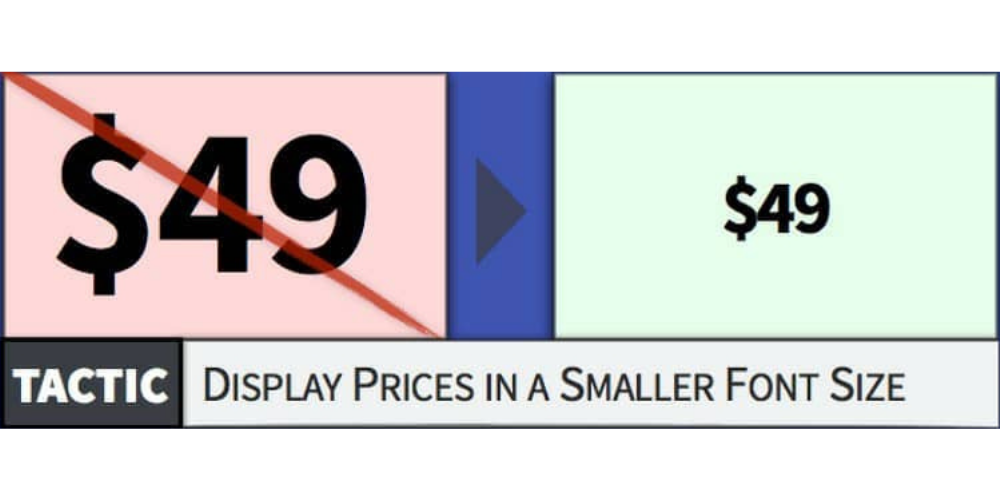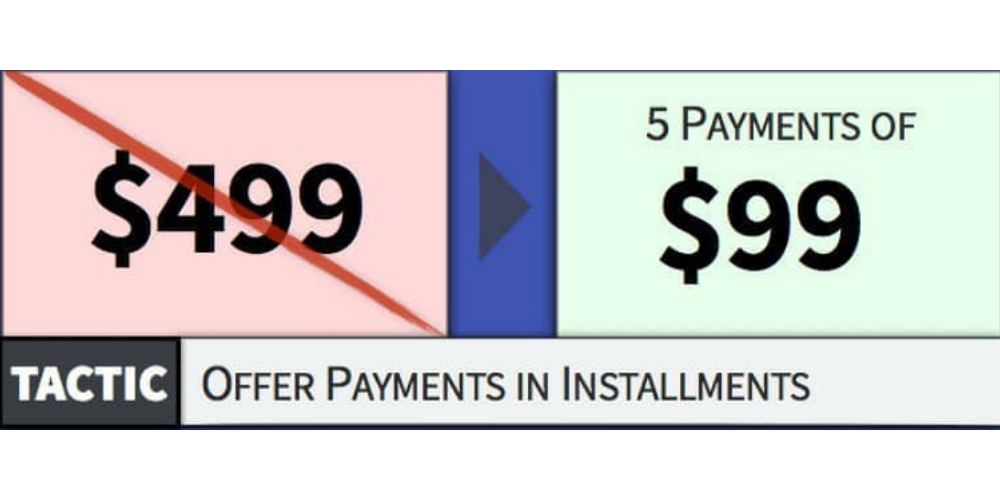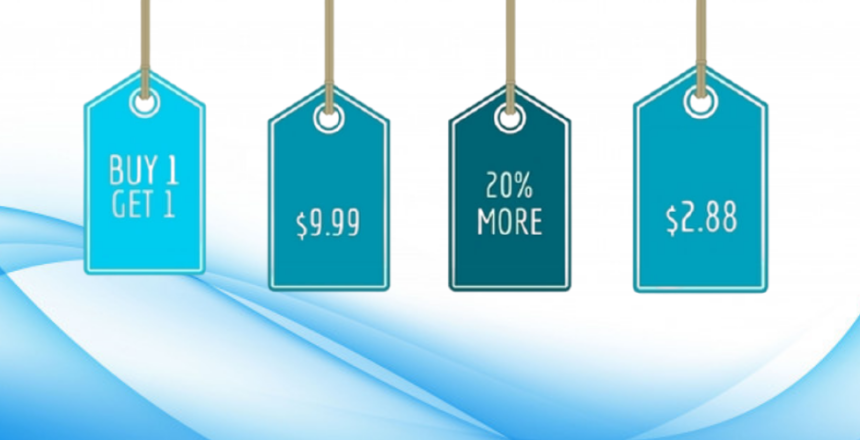You can influence people’s memory for your price. When people compare your price to a reference price, you can influence them to pull a lower iii I into that comparison. With such a hazy memory, you can influence people to recall a smaller magnitude.
TACTIC 1: REDUCE THE LEFT DIGIT BY ONE
This is the most effective when the left digit changes. A one-cent difference between $4.80 and $3.79 won’t matter. However, a one-cent difference between $4.00 and $3.99 will make a huge difference.

TACTIC 2: CHOOSE PRICES WITH FEWER SYLLABLES
When we encounter stimuli with many syllables, we need more mental resources to process that stimuli. And that principle applies to numbers. If we expend a larger amount of mental resources to process a number, we falsely infer that the magnitude must be larger.

TACTIC 3: DISPLAY PRICES IN A SMALL FONT SIZE
Your brain has a universal conceptualization of size. Thus, there’s a blurred overlap between visual size and numerical size. That’s why customers perceive your price to be smaller if you display your price in a smaller font size.

TACTIC 4: REMOVE THE COMMA
Researches found that removing commas (e.G: $1,499 vs $1499) can make your price seem lower. When you remove the comma, you reduce the phonetic length of your price: 1) $1,499: one-thousand four hundred and ninety-nine (10 syllables) 2) $1499: fourteen ninety-nine (5 syllables)

TACTIC 5: SEPARATE THE SHIPPING AND HANDLING
With “Partitioned pricing” I.E separating a price into multiple components, your anchor people on the base price, rather than the total cost. When people compare your price to a reference price, they’ll be more likely to pull your base price into the comparasion.

TACTIC 6: MENTION THE DAILY EQUIVALENCE
Similarly, you can reframe your price into its daily equivalence (e.G: $0.87/day). That framing influences people to perceive a lower overall price. You should still make your regular price the primary focus. Simply mention the daily equivalence.

TACTIC 7: OFFER PAYMENTS IN INSTALLMENTS
Likewise, when you give people the option to pay for your product in smaller increments (rather than one lump sum), you anchor people on the smaller price.




